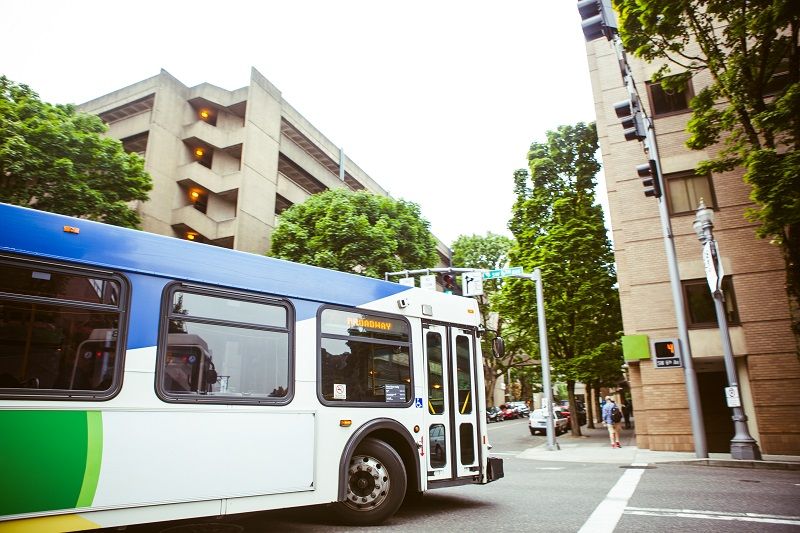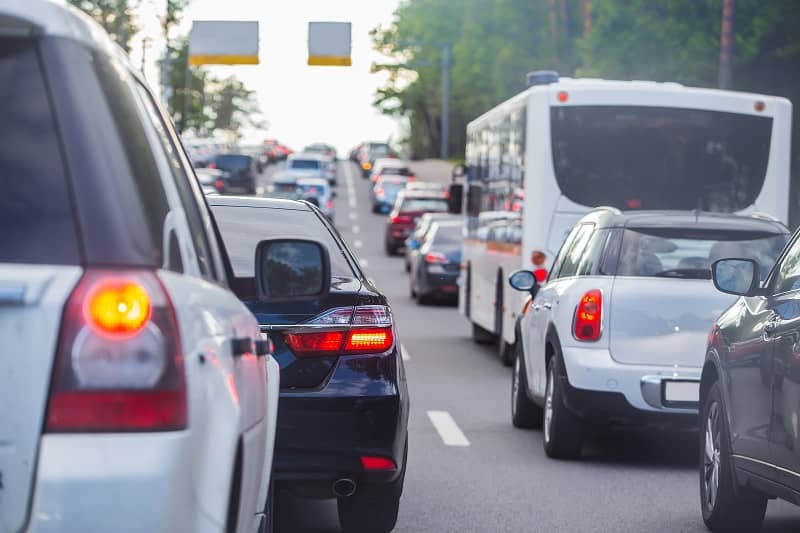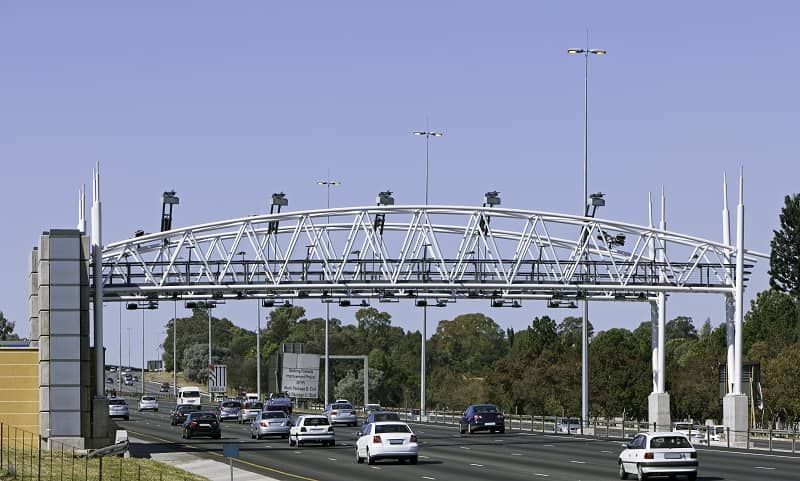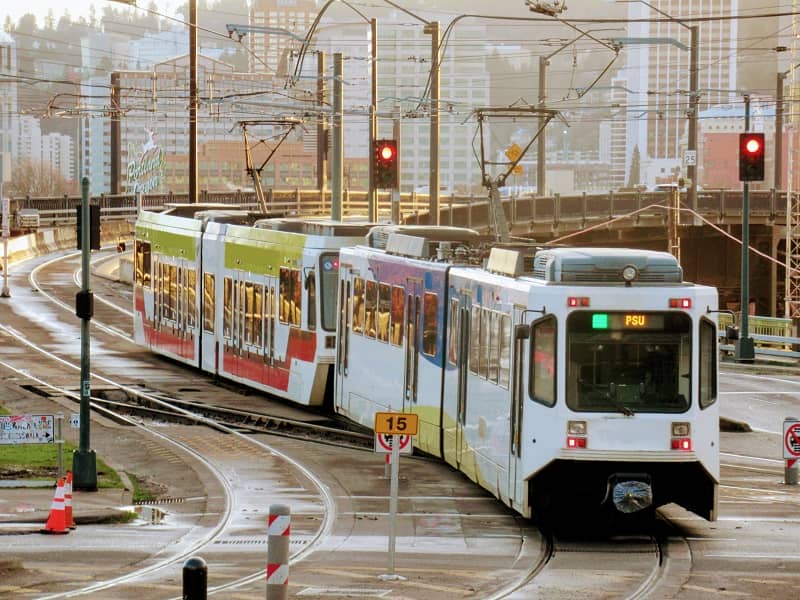By Rachel Dawson
Oregon elected officials and appointed staff love to claim they base their decisions on the best and most accurate data available.
A recent Oregon Department of Transportation study demonstrates that this often isn’t the case. In fact, staff are knowingly using inaccurate data to reach seemingly favorable conclusions.
ODOT’s Climate Office Program Manager admitted in an August meeting that her office is falling short on its vision for emissions reductions. Oregon missed its 2020 goal of 50,000 registered electric vehicles and is projected to also fall short of its 2025 and 2030 goals.
As of last month, there are fewer than 36,000 registered EVs in the state. Of those, about 12,000 are plug-in hybrid vehicles, which still have combustion engines and use traditional gasoline for longer trips.
As part of ODOT’s efforts, staff conducted a study to identify gaps in the EV charging infrastructure and propose solutions to accelerate EV adoption.
However, the study is based on the false assumption that we already met our state EV goal. The report claims that there is an “extraordinary need” for more than 70,000 public charging ports and 770,000 home chargers by 2030. Many of these chargers would be paid for by utility ratepayers and taxpayers, most of whom won’t use them.
ODOT staff will base their EV recommendations on inaccurate data, showing our state has more EVs and thus a greater need for building out the taxpayer-funded charging infrastructure. ODOT should reverse course immediately and use the true number of EVs on the road, not the number it wished we had.
Rachel Dawson is a Policy Analyst at Cascade Policy Institute, Oregon’s free market public policy research organization.













John Paul Harmon
“As of last month, there are fewer than 36,000 registered EVs in the state. Of those, about 12,000 are plug-in hybrid vehicles, which still have combustion engines and use traditional gasoline for longer trips.”
The 12k hybrids can at least be used for longer trips. BEVs are not capable of making those trips, without interrupting them for hours in order to re-charge. The gaps are not in EV recharging availability; they are in the time it takes to re-charge a BEV. It makes them impractical for all but short daily commuting, and most are far too expensive for that application.
Bill Udy
The larger problem is that the state government is busying itself at all in the electric car market and its infrastructure. Electric cars are commercial products. If there is sufficient consumer demand for a given product, the free market will come up with a solution, just like it did in Henry Ford’s day. But with electric cars, there is inadequate consumer demand because of the well known problems with batteries, range, charging stations, etc. The demand that does exist is largely dependent on generous tax rebates. In a free market, there would be no tax rebates, and likely very few electric cars. The technology is there, but so far, it’s just too cost prohibitive. That should be the end of it.
But no, Oregon politicians and state employees think they’re smarter than the market. They’re going to keep pouring tax dollars into this electric car business despite the cost. Ideally, the state should extract itself from this mess: stop the tax rebates, and leave the infrastructure build-out to private entrepeneurs. That is. if they’re willing to spend their own money and take the risk. If the state got out of this market, imagine the size of the kicker then!
Bill Davis
How can Oregon have a hard goal for EVs, “Oregon missed its 2020 goal of 50,000 registered electric vehicles and is projected to also fall short of its 2025 and 2030 goals.”? Consumers make the decision to buy or not buy and the only way it seems Oregon can influence this is via a rebate for buying an EV. And the study is based on the assumption that goals have been met for 2020, so 50,000 registered EVs, and will be met for 2025 and 2030 (sorry, but not reading a 173 page report)?
Is it possible that even though Oregon did not meet it’s 2020 goal that the 2025 and 2030 goals can be met, especially as automakers move faster to electrify vehicles and ramp up their incentives? I would hope ODOT is balancing the ideal with reality, but you seem to think they aren’t so would welcome more specifics.
Bob Elvis Clark
Good catch. Should support Ms. Dawson here and file comment with the Oregon PUC on its UM 2165 docket before October 20, 2021; its next public workshop on EV charging.